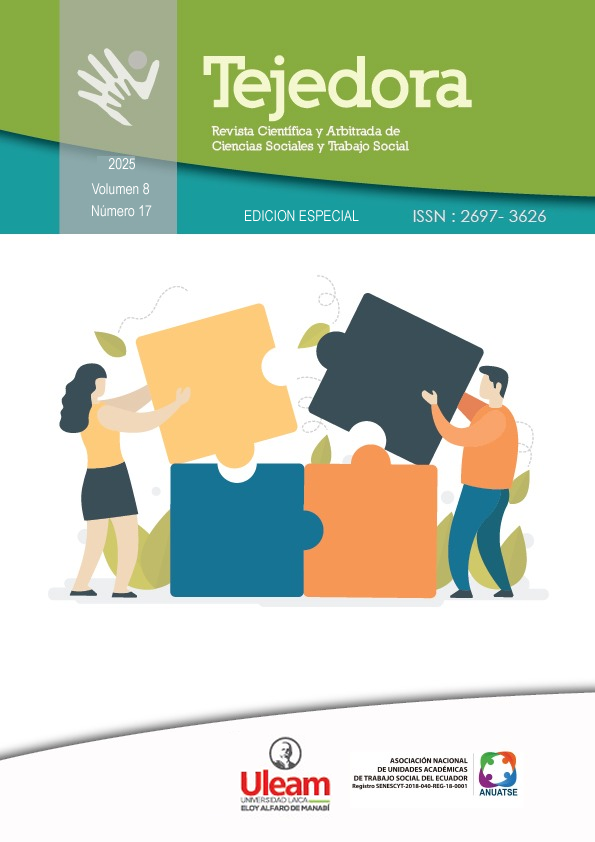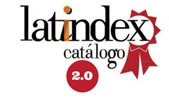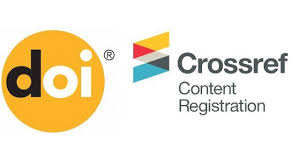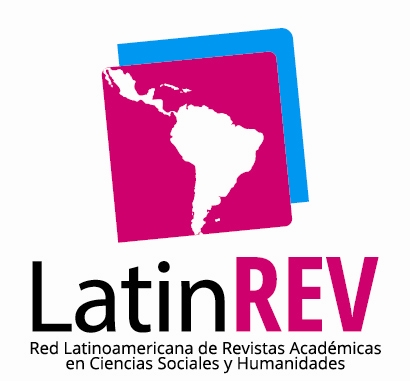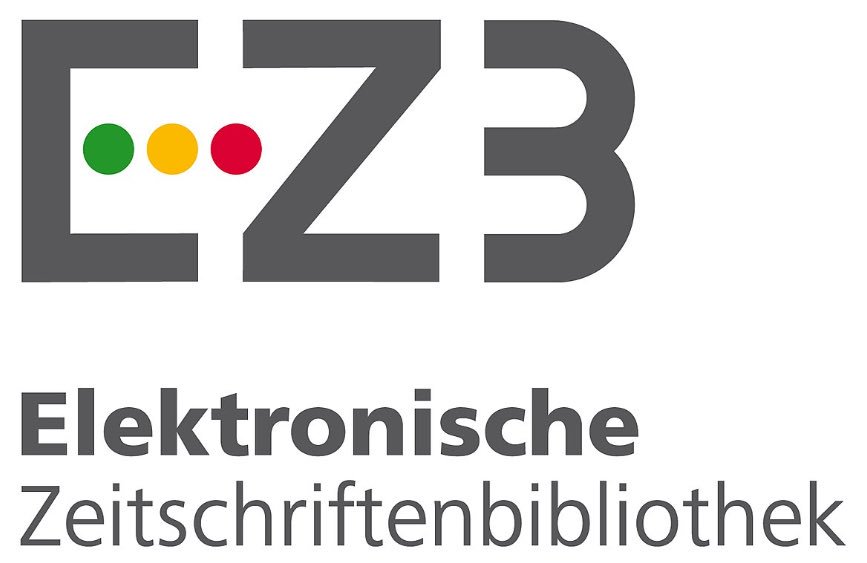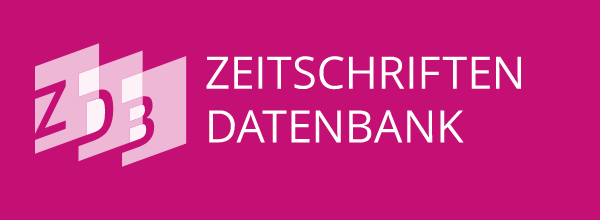PERCEPTION OF DIVERSITY IN HIGHER EDUCATION IN THE HEALTH AREA: COMPARATIVE ANALYSIS OF TEACHERS AND STUDENTS
DOI:
https://doi.org/10.56124/tj.v8i19.032Keywords:
diversity, higher education, perceptionAbstract
This study addresses the challenge of higher education in responding to diversity, considering that the implementation of inclusive policies does not always achieve the expected results due to various factors, including the differing perceptions of students and teachers. The objective was to analyze and compare these perceptions in the Faculty of Health Sciences at the National University of Chimborazo. A mixed methodology was used, both qualitative and quantitative; it was non-experimental, cross-sectional, and comparative, of a descriptive nature. A total of 299 students and 90 teachers participated. The Situational Scale for Attention to Diversity and Educational Inclusion (ESADIE) and the Questionnaire on Teaching Competencies for Attention to Diversity and Educational Inclusion (C2DADEI) were used. Among the relevant results, a significant gap in the perception of diversity in the classroom between students and teachers was revealed. Among the most frequent diversities are ethnicity and gender, but the perception of disability is non-existent among students. On the other hand, despite the policies structured by the institution, the practical application of inclusion is limited and improvised. It is concluded that there is a marked disparity in the perception of diversity, which requires the development of strategies and mechanisms for training and awareness-raising for the entire university community. Furthermore, it is imperative to align policies, culture, and practices for comprehensive educational inclusion that addresses gaps such as the invisibility of diversity, the limited effectiveness of policies, and the need to strengthen the curriculum with an inclusive approach.
Downloads
References
Barba, L., Velasco, D., Varguillas, C., Cejas, M., Moreno, P., y Benítez, V. (2023). Modelo Educativo de la Universidad Nacional de Chimborazo. Introspección y Prospectiva. Universidad Nacional de Chimborazo.
Blanco, M. y Duk, C. (2011). Educación inclusiva en América Latina y el Caribe. Aula: Revista de Pedagogía de la Universidad de Salamanca, (17), 37-55.
Bravo, P. (2022). Formación en competencias docentes para la atención a la diversidad e inclusión educativa. 1–284.
Cervantes, V. (2022). Cultivar la diversidad e inclusión en la educación. Revista Digital Universitaria (RDU), 23(1). http://doi.org/10.22201/cuaieed.16076079e.2022.23.1.5
Clavijo-Castillo, R. G., & Bautista-Cerro, M. J. (2022). Concepciones de docentes y gestores sobre las políticas, culturas y prácticas inclusivas en la Universidad de Cuenca. INNOVA Research Journal, 7(2), 57–77. https://doi.org/10.33890/innova.v7.n2.2022.2002
Delgado Valdivieso, K., & Gairin Sallan, J. (2021). La educación Inclusiva en el nivel superior. políticas publicas y buenas practicas en Iberoamérica.
Hernández Sampieri, R., Fernández Collado, C., & Baptista Lucio, M. del P. (2014). Metodología de la investigación (6.a ed.). McGraw-Hill Education.
Salend, S. J., & Duhaney, L. M. G. (1999). The Impact of Inclusion on Students With and Without Disabilities and Their Educators. Remedial and Special Education, 20(2), 114-128.
Sánchez Leyva, J. L., Sánchez Zeferino, D. E., y Zapata Lara, H. D. C. (2021). La gestión de la diversidad en las organizaciones como factor de innovación: una aproximación teórica. Revista Colombiana de Contabilidad, 9(18), 93–110. https://doi.org/10.56241/asf.v9n18.214
UNESCO. (2021). La inclusión en la educación. https://www.unesco.org/es/education/inclusion
Yépez, A., & Castillo, M. (2020). La inclusión educativa en la Universidad Central del Ecuador desde las percepciones del estudiantado. Revista Científica Retos de La Ciencia, 4(8), 1–14. https://doi.org/10.53877/rc.4.8.20200101.01
Published
How to Cite
Issue
Section
License
Copyright (c) 2025 Revista Científica y Arbitrada de Ciencias Sociales y Trabajo Social: Tejedora. ISSN: 2697-3626

This work is licensed under a Creative Commons Attribution-NonCommercial-ShareAlike 4.0 International License.
